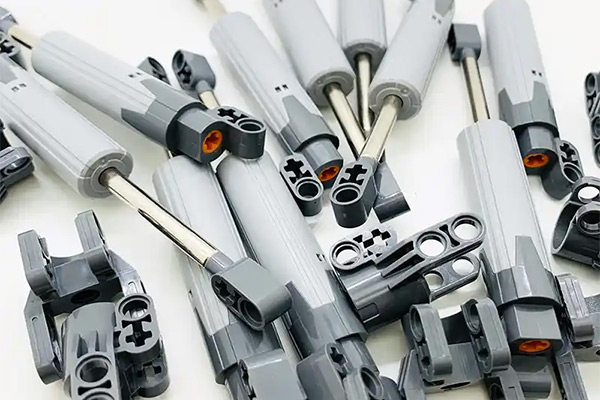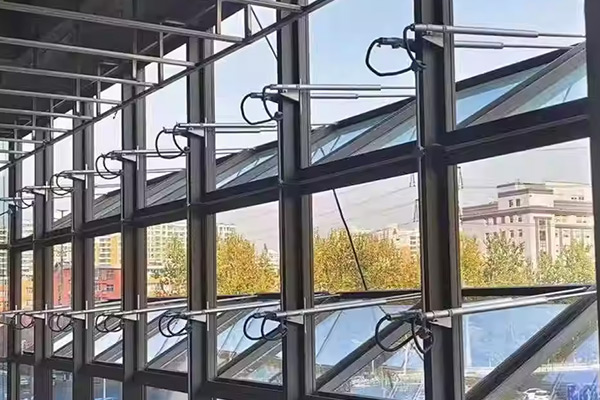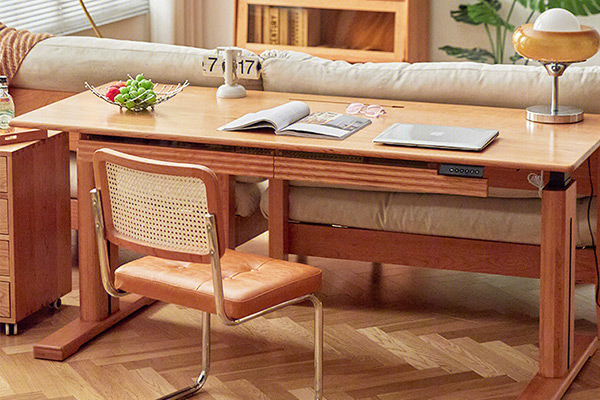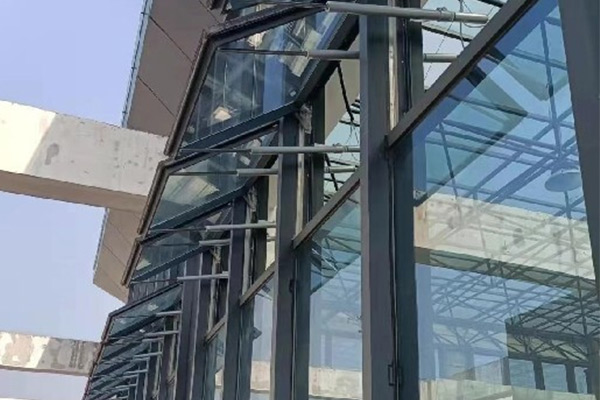Electric Linear Actuators in the Smart Home Ecosystem
In today's smart home wave, various automation technologies are transforming our lives at an unprecedented pace. From smart lighting to voice assistants, every advancement aims to enhance living comfort, convenience, and safety. And in this revolution, electric linear actuators are playing an increasingly indispensable role as a key automation component, bringing infinite possibilities to the smart home ecosystem.
What are Electric Linear Actuators?
Simply put, an electric linear actuator is a device that converts rotary motion into linear motion. It uses a built-in motor to drive a screw, thereby achieving linear movements like pushing, pulling, lifting, and lowering. Compared to traditional hydraulic or pneumatic systems, electric linear actuators offer significant advantages such as being clean, quiet, precisely controllable, and easy to integrate, making them an ideal choice for smart home applications.
Applications of Electric Linear Actuators in Smart Homes
The range of applications for electric linear actuators is surprisingly wide:
Smart Curtains and Blinds: Enables automatic opening and closing of curtains, adjusting them based on light intensity, time settings, or user commands to effectively manage indoor lighting and privacy.
Adjustable Furniture: Smart standing desks, adjustable bed frames, hidden TV cabinets, and more can all achieve electric height or angle adjustments through linear actuators, meeting personalized needs.
Smart Kitchens and Bathrooms: Automatically opening trash can lids, electric lift kitchen cabinets, smart toilet seats, etc., enhance the convenience and hygiene of kitchens and bathrooms.
Safety and Security: Smart door locks, electric window locks, and damper control in automated ventilation systems enhance home security.
Home Theater and Entertainment: Hidden projectors and electric screen lifts create an immersive home theater experience.
Pet Feeders and Garden Irrigation: Precisely control the amount of pet food dispensed, or automate valve switching in garden irrigation systems.
Core Advantages of Electric Linear Actuators
The widespread success of electric linear actuators in the smart home sector is due to their inherent core advantages:
Precise Control: Modern linear actuators are often equipped with position sensors, enabling precise control down to centimeters or even millimeters, meeting the requirements of various complex applications.
Quiet Operation: Compared to other drive methods, electric linear actuators produce less noise, providing users with a quieter and more comfortable living environment.
Energy Efficient and Eco-Friendly: Electric drive avoids the use of hydraulic oil or compressed air, making them cleaner and more environmentally friendly, with low standby power consumption.
Easy Integration: Compact in size for easy installation, and can seamlessly connect with various smart home control systems (such as Zigbee, Z-Wave, Wi-Fi, etc.) for remote control and scene linkage.
Highly Customizable: Different strokes, forces, speeds, and mounting methods can be customized according to specific application needs, accommodating diverse product designs.
Future Outlook
With the continuous development of the Internet of Things (IoT), Artificial Intelligence (AI), and 5G technologies, the potential of electric linear actuators in the smart home field will be further unleashed. We can foresee:
Smarter Linkage: Linear actuators will be deeply integrated with more sensors (such as ambient light, temperature, human presence sensors) and AI algorithms to achieve more intelligent and user-friendly automated control.
Smaller and More Efficient: With advancements in material science and motor technology, future linear actuators will be smaller and more efficient, suitable for more refined applications.
DIY and Personalized Customization: Modular linear actuator products will become more prevalent, encouraging users to design their own DIY projects and personalize smart home renovations.
Electric linear actuators, as the "muscles" of smart homes, are quietly driving every aspect of our lives to become smarter and more convenient. They are not just simply executing commands; they are a key part of enhancing the living experience and creating comfortable environments. With the continuous evolution of technology, we have reason to believe that electric linear actuators will play an even more central role in the future smart home ecosystem, painting a picture of an even better smart life for us.





